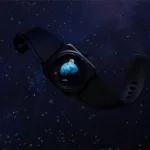Discovery of the Antikythera Shipwreck
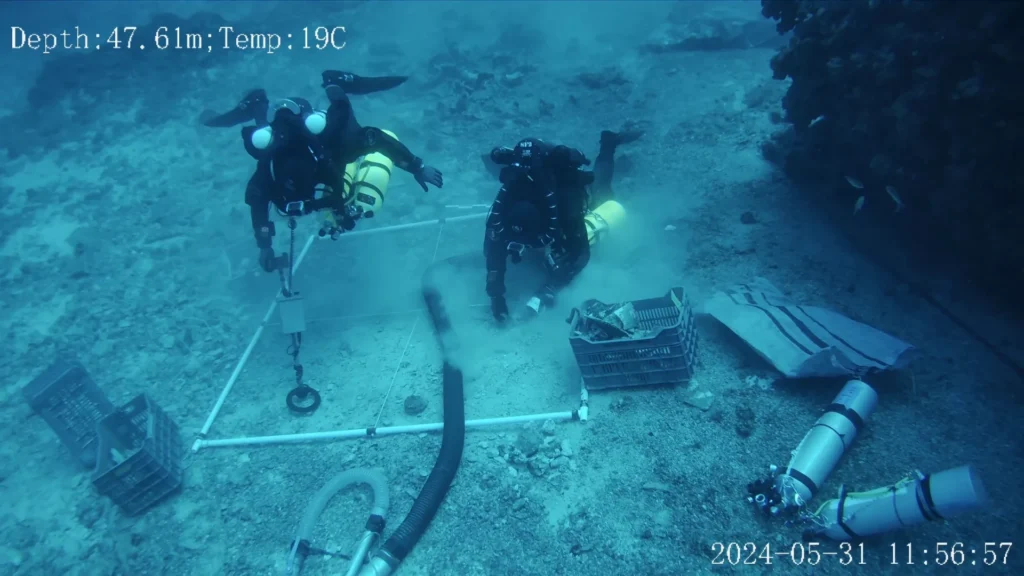
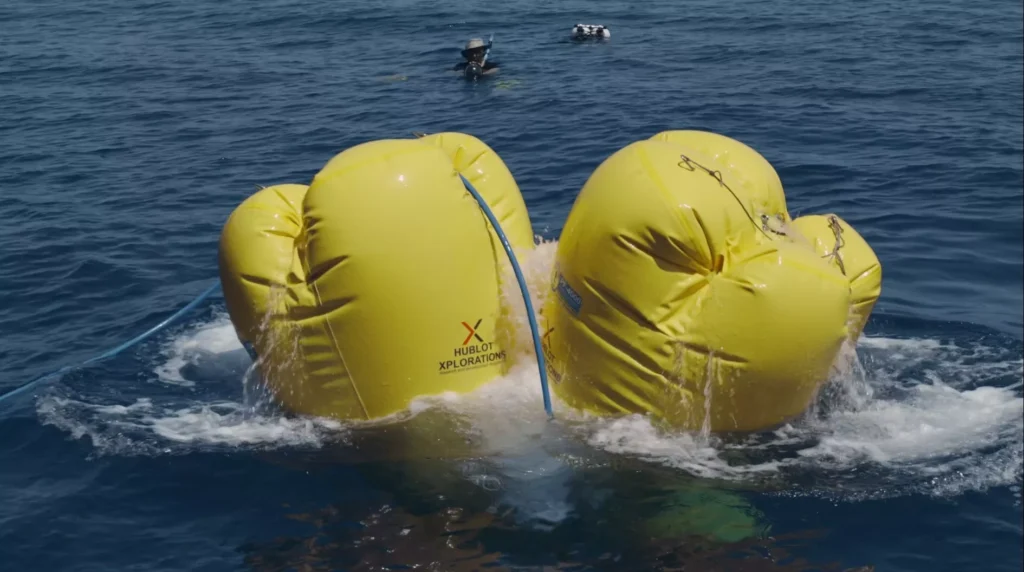
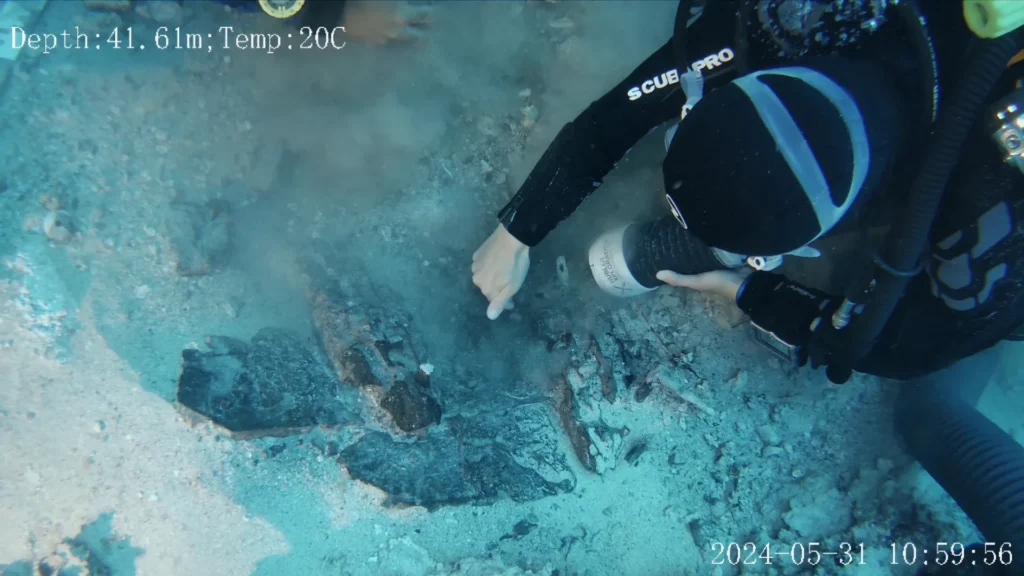
The Antikythera shipwreck, discovered by sponge divers in 1901 off the coast of the Greek island Antikythera, is renowned for its extraordinary artifacts, most notably the Antikythera mechanism. This ancient device, dating back to around 200 BCE, is considered the world’s oldest known astronomical calculator. It was used to predict celestial events such as solar and lunar eclipses and the positions of the Sun and Moon.
Why is Hublot Invested in the Famous Archaeological Site of Antikythera?



Hublot, a Swiss luxury watchmaker, is invested in the Antikythera site as part of its commitment to understanding and preserving world heritage, particularly the origins of watchmaking. The brand’s interest in the site began in 2008 after reading an article in Sciences & Vie about the Antikythera mechanism, described as “Mankind’s First Calculator.” Recognizing the mechanism’s historical significance, Hublot embarked on a project to recreate the ancient device’s movement in a modern wristwatch, thereby paying homage to ancient ingenuity and tracing the roots of horology back to ancient times.
Hublot’s Commitment: Adventure, Innovation, and Heritage
Hublot’s engagement with the Antikythera site is a blend of adventure, innovation, and respect for heritage. The company’s dedication is evident in its yearly expeditions since 2014, organized by Hublot Xplorations, the innovative arm of its R&D department. These expeditions aim to unlock the mysteries of the shipwreck using cutting-edge technology such as underwater drones, 3D scanners, and lifting balloons capable of moving massive underwater blocks.
Significant Discoveries and Technological Advances
The 2024 Swiss-Greek expedition, conducted under optimal weather conditions, yielded significant discoveries, including a substantial part of the ship’s hull. This discovery, sought after for 123 years, offers new insights into ancient shipbuilding techniques and raises questions about the vessel’s origin and the circumstances of its sinking. The expedition also uncovered around 300 objects, including 21 fragments of marble statues, components of the ship’s structure, and numerous ceramic shards.
Collaboration and Support
Hublot’s project is supported by various partners and sponsors, including the Greek Ministry of Culture, the Aikaterini Laskaridis Foundation, the Swiss Nereus Research Foundation, and telecommunications company Cosmote. The collaboration extends to a dedicated team of divers, archaeologists, and researchers from institutions like the University of Geneva and the University of Haifa. These experts utilize advanced technologies and methodologies to document and analyze their findings, contributing to the broader understanding of ancient maritime history and technology.
The Future of Antikythera and Hublot’s Role
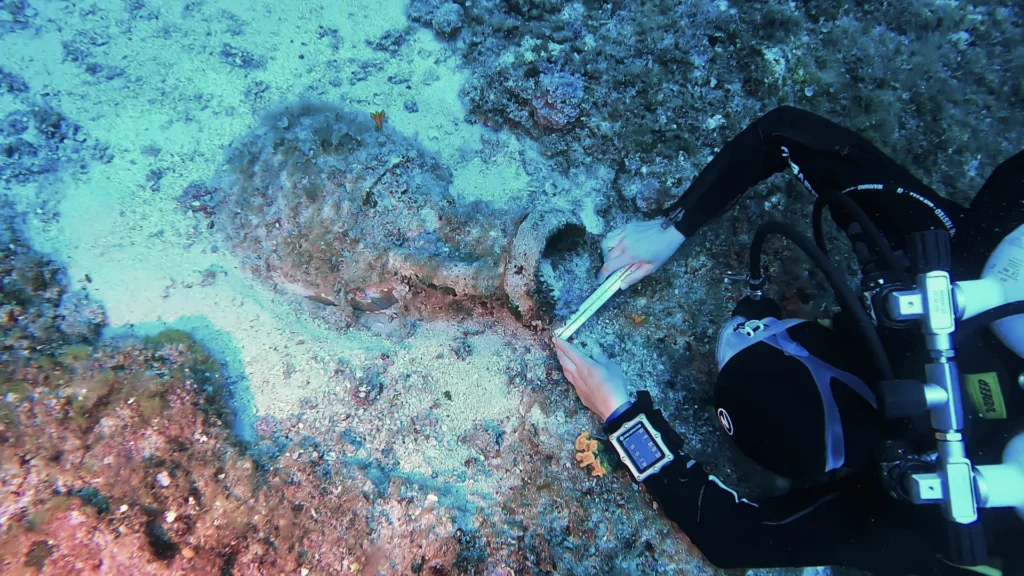
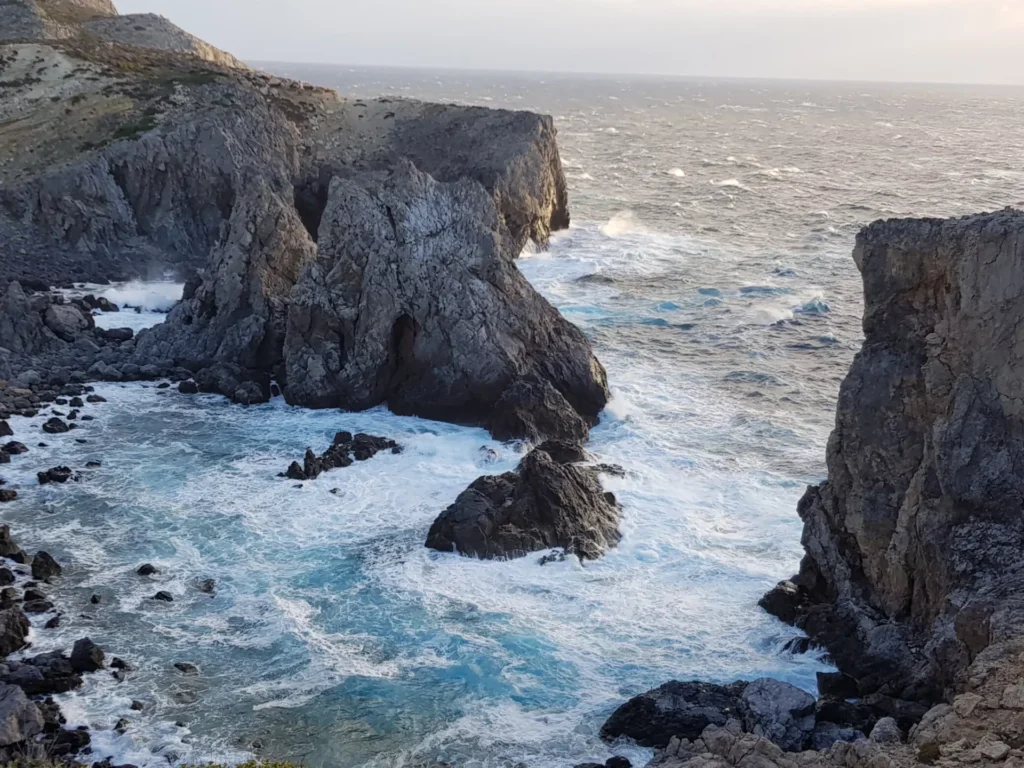
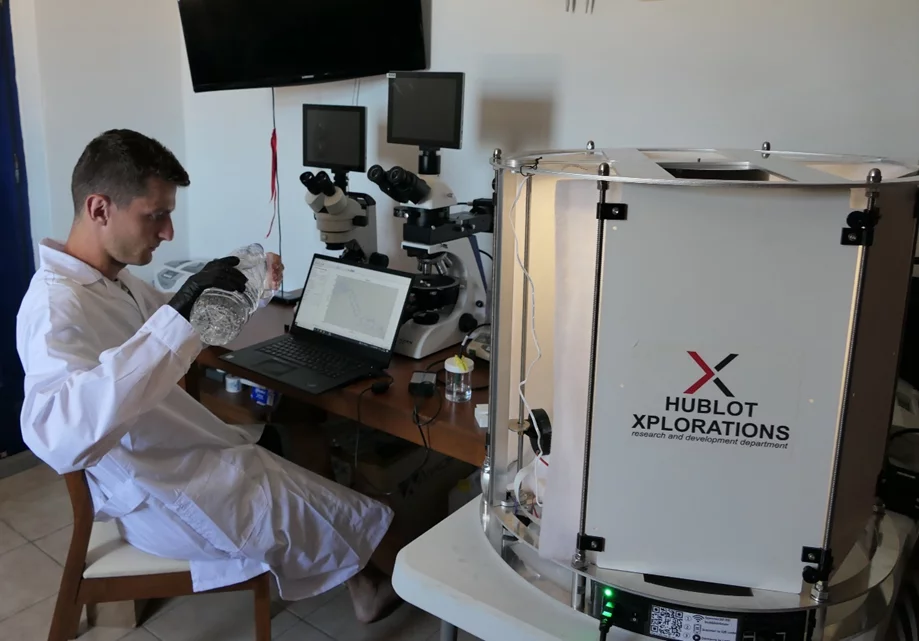
Hublot’s exploration of the Antikythera site represents a convergence of past and present, blending ancient knowledge with modern technology. Each discovery at the site adds a new chapter to the story of human ingenuity and craftsmanship. Hublot’s ongoing commitment to this project underscores its dedication to exploring the depths of history and preserving the legacy of ancient civilizations.
In essence, Hublot’s involvement with the Antikythera shipwreck is driven by a desire to honor the past, understand our ancestors, and fuse ancient genius with contemporary innovation, thereby uncovering the true essence of time.
For more information, please visit Hublot.com.

